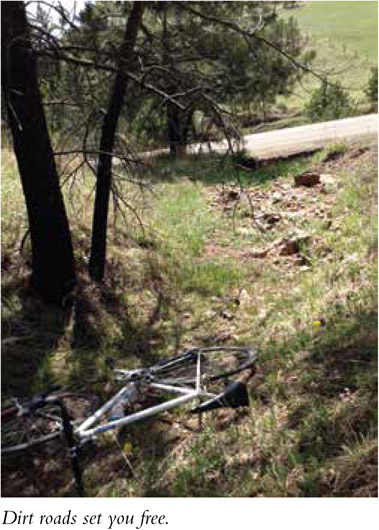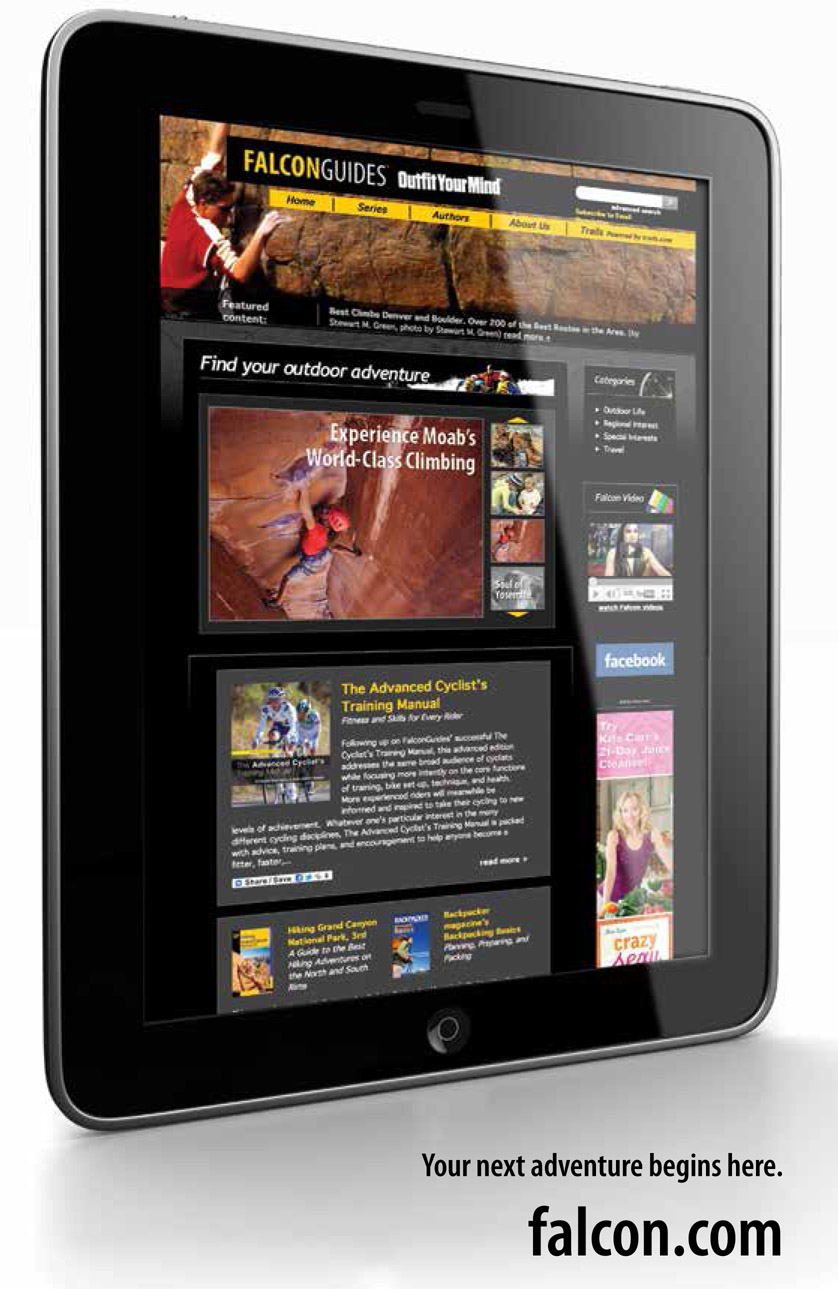
Road Biking Colorado
HELP US KEEP THIS GUIDE UP TO DATE
Every effort has been made by the author and editors to make this guide as accurate and useful as possible. However, many things can change after a guide is publishedroads are detoured, phone numbers change, facilities come under new management, and so forth.
We welcome your comments concerning your experiences with this guide and how you feel it could be improved and kept up to date. While we may not be able to respond to all comments and suggestions, well take them to heart, and well also make certain to share them with the author. Please send your comments and suggestions to the following address:
FalconGuides
Reader Response/Editorial Department
246 Goose Lane
Guilford, CT 06437
Or you may e-mail us at: editorial@falcon.com
Thanks for your input, and happy riding!
FALCON GUIDES
An imprint of Rowman & Littlefield
Falcon, FalconGuides, and Outfit Your Mind are registered trademarks of Rowman & Littlefield.
Distributed by NATIONAL BOOK NETWORK
Copyright 2015 by Rowman & Littlefield
Maps by Melissa Baker Rowman & Littlefield
All photos by the author unless otherwise noted
All rights reserved. No part of this book may be reproduced in any form or by any electronic or mechanical means, including information storage and retrieval systems, without written permission from the publisher, except by a reviewer who may quote passages in a review.
British Library Cataloguing-in-Publication Information Available
Library of Congress Cataloging-in-Publication Data
Hurst, Robert (Robert J.)
Road biking Colorado : a guide to the States best bike rides / Robert Hurst.
pages cm. (Road Biking Series)
Distributed by NATIONAL BOOK NETWORKT.p. verso.
Includes index.
ISBN 978-1-4930-0988-6 (paperback)ISBN 978-1-4930-1911-3 (e-book) 1. CyclingColorado Guidebooks. 2. ColoradoGuidebooks. I. Title.
GV1045.5.C6H87 2015
796.609788dc23
2015013495
 The paper used in this publication meets the minimum requirements of American National Standard for Information SciencesPermanence of Paper for Printed Library Materials, ANSI/NISO Z39.48-1992.
The paper used in this publication meets the minimum requirements of American National Standard for Information SciencesPermanence of Paper for Printed Library Materials, ANSI/NISO Z39.48-1992.
The author and Globe Pequot Press assume no liability for accidents happening to, or injuries sustained by, readers who engage in the activities described in this book.
Acknowledgments
What a privilege it was to prepare this guide. Thank you for reading it. I hope I have done a job worthy of the material.
As usual I needed a lot of help finishing this book. My dad drove me out on several of the excursions, dropping me off to ride while he went to take pictures of wildflowers. We visited Steamboat, Grand Junction, Aspen, Leadville, Vail, and some other places I cant remember right now. Thanks, Dad. You made the work more pleasant, and your photos made the book a lot nicer too. And Christie, thank you. I know your patience was all used up while I went jaunting around the state doing the exact thing you wished you could be doing.
Thanks also to the folks at Falcon who agreed to let me write this and then edited it into respectability.
Introduction
The Rides
The rides featured in this book run the gamut from easy bike-path cruises to extreme mountain climbs. However, youll probably notice my preference for hilly rides. There are a few longer rides, some shorter rides, and lots of medium-length rides between 20 and 40 miles long. Most are loops of some sort, but many are out-and-back or one-way routes, out of necessity or simply for conveniences sake.
There are rides from all over the state, but some areas received more attention. It makes sense to concentrate on the central mountains and Front Range, as that is where the people and road routes are also concentrated. I hit Boulder particularly hard, as it is arguably the worlds best town for road biking. Some other areas dont get the treatment they deserve. I wish I had the time and resources to add more rides on the eastern plains and the southwest, which is a widely varied and super-rich road-biking sector in its own right. (The local riders down there, on the other hand, are probably glad that there isnt more coverage of their dearest routes.)
I was able to include many of my old favorites, and I found a few new favorites in the process of making this guide. The Mineral Belt Loop ringing Leadville (Ride 32), the Steamboat Gravel Grinder (Ride 40), the Colorado National Monument (Ride 24), and Pikes Peak (Ride 21) were all new to me, and those are all absolutely amazing rides. I cant wait to get back and experience them again. But frankly it could be a while.
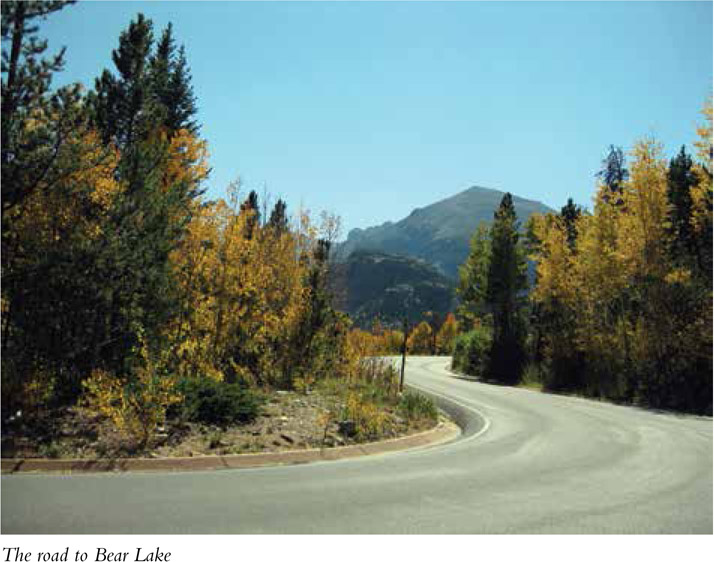
Bike Paths
Several of the rides use off-street paths for part of the route; others use off-street paths almost exclusively. Its important to realize that these paths, though we and everybody else know them as bike paths, are actually multi-use paths (MUPs), and pedestrians own the right-of-way on them. Always pass pedestrians at a reasonable speed and give them a wide berth. And give them some kind of audible signal in advance of the pass.
Dirt Roads
Some of the rides in this book include sections of dirt road that are suitable for road bikes. There are one or two rougher roads that are best suited for cyclocross bikes (Chapman Cyclocross Loop [Ride 9] and North Cheyenne Canyon Loop [Ride 19], to be precise), but even these can be ridden without too much trouble on unmodified racing bikes.
If youre not yet a gravel grinder, I urge you to give dirt roads a chance. Embracing the dirt will not just expand your horizons, it will explode your horizons. It will open up a whole different world of possibilities. And the roads are generally not as rough as you might think. In some cases, you might even notice that the ride smooths out when you go from paved road (which is often a very crude chipseal surface in the mountains) to unpaved.

There is no need to get a special gravel bike for riding dirt roads, although the bike industry may be trying, at this very moment, to convince you otherwise. Carbon frames and forks should be fine. When in doubt, baby your equipment and ride light. Big riders will run into many more issues with flat tires and equipment failure on rough dirt roads and will need to be much more mindful about bumps and surfaces, but thats true on pavement as well. Heavy riders will need wider tires and stouter wheels.
The only components that I personally wouldnt use on gravel are carbon rims and super-delicate, exotic racing tiresthings that I am unlikely to ever own anyway, incidentally. Lightweight aluminum rims, well-built wheels, and fast clinchers eat Colorado gravel for lunch, I can say without hesitation.
Riding dirt on a road bike is not without its special hazards. The quality of a dirt roads surface can vary quite a bit from week to week, even from hour to hour. Depending on the makeup of the soil in question, rain or snowmelt could turn a dirt road into an impassable slop, or at least make riding it extremely unpleasant. Sections of severe washboard can appear suddenly and surprisingly on what you thought was smooth dirt, damaging equipment or causing wrecks. Deep gravel could cause the front wheel to wash out. Huge, wheel-swallowing ruts can carve a dirt road to pieces.
Next page

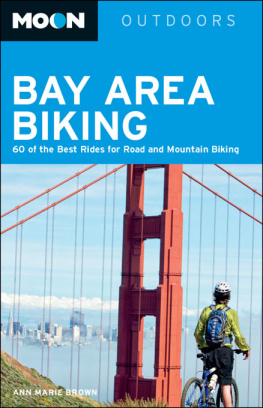
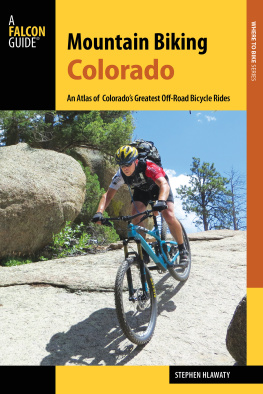
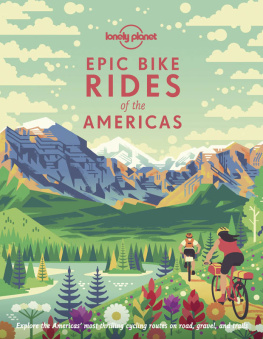


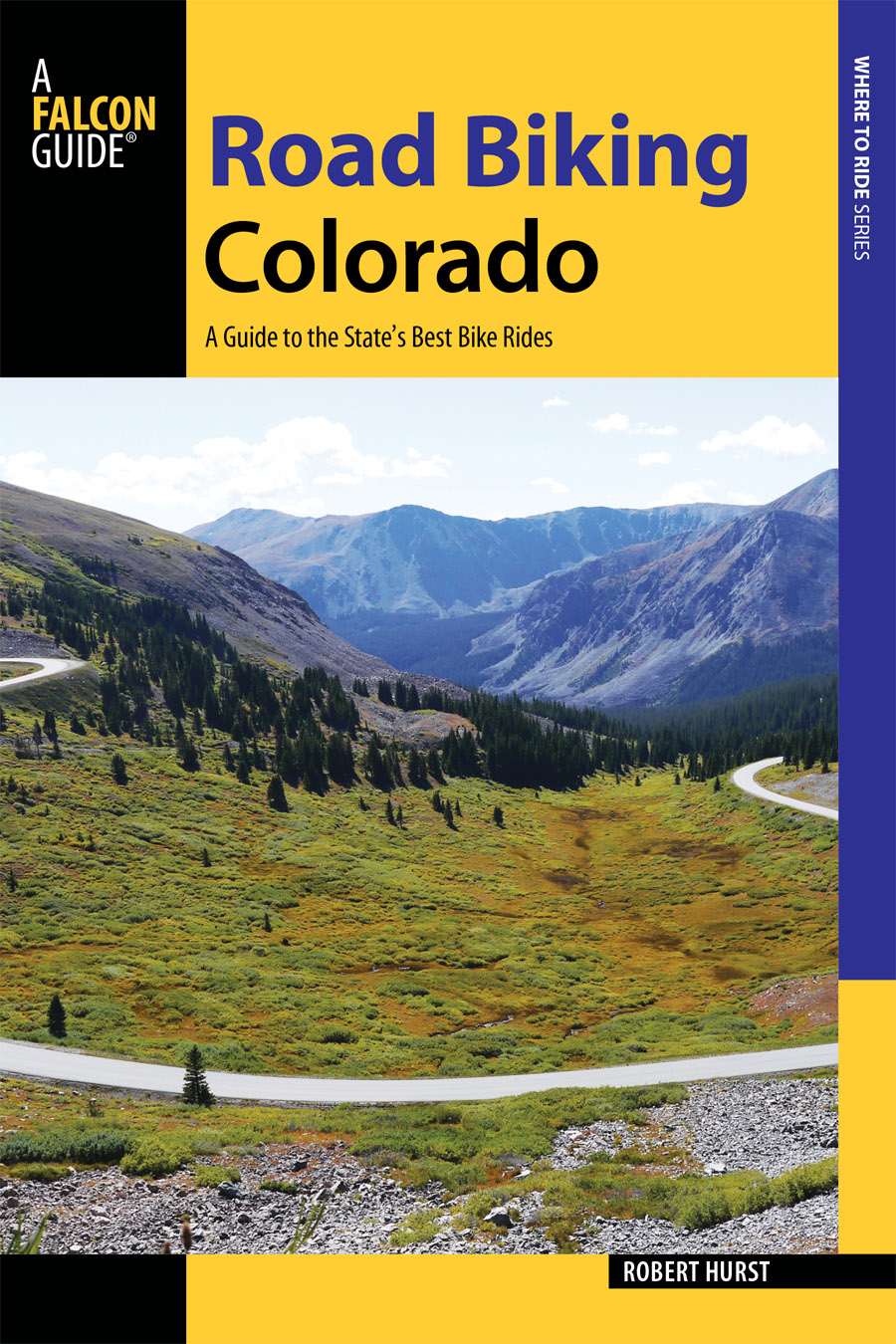
 The paper used in this publication meets the minimum requirements of American National Standard for Information SciencesPermanence of Paper for Printed Library Materials, ANSI/NISO Z39.48-1992.
The paper used in this publication meets the minimum requirements of American National Standard for Information SciencesPermanence of Paper for Printed Library Materials, ANSI/NISO Z39.48-1992.

